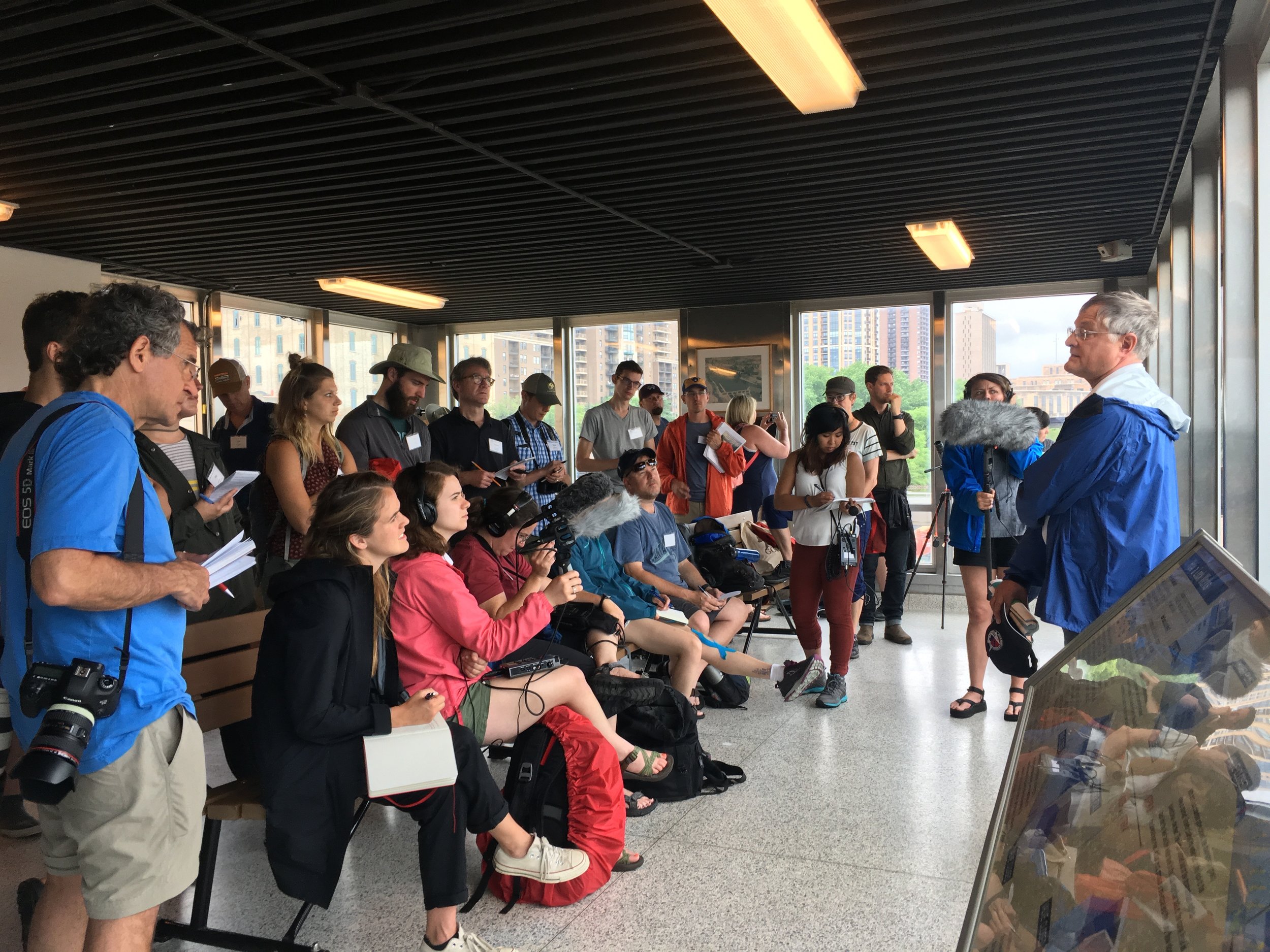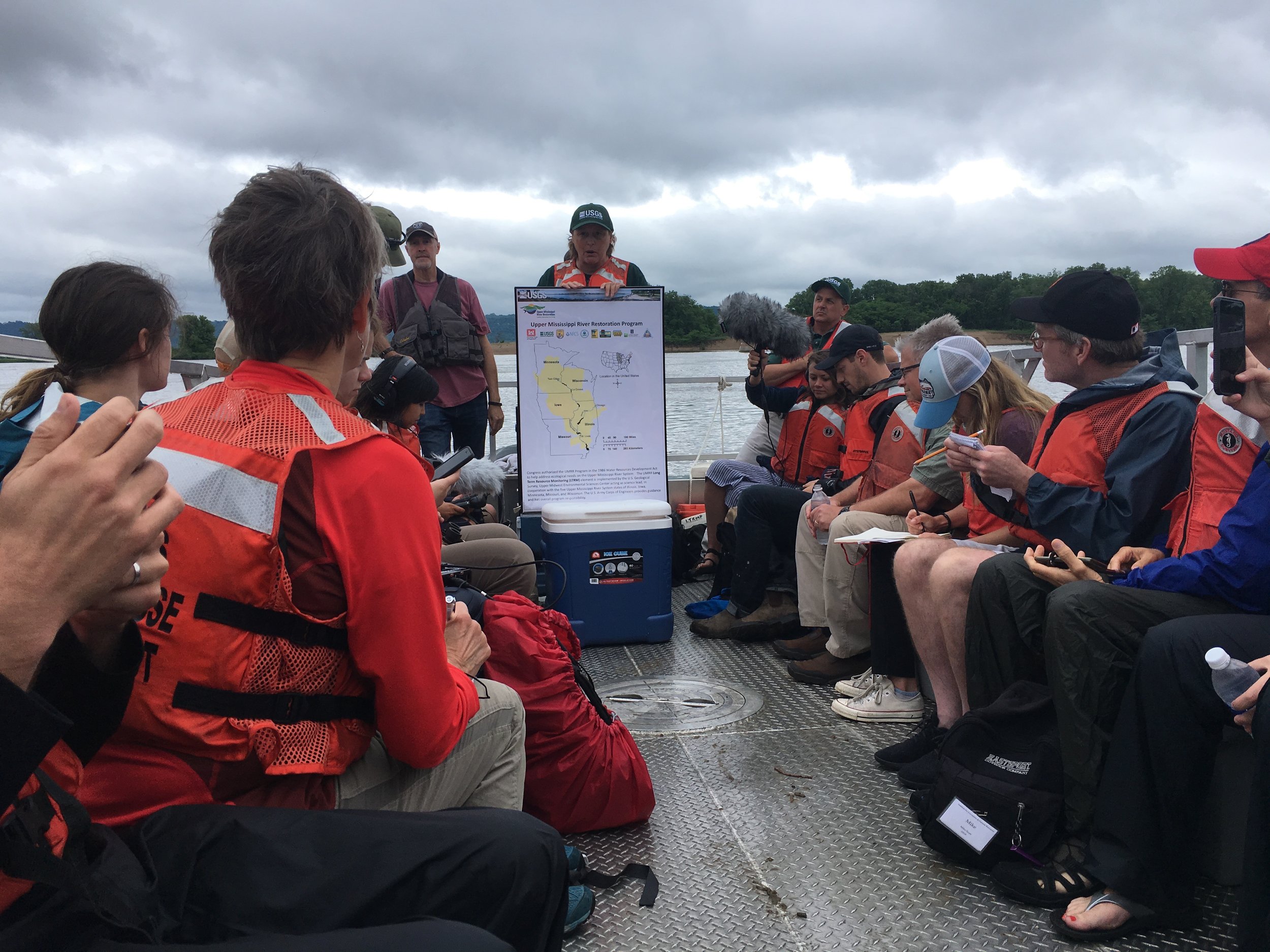Upper Mississippi River Institute
June 16-23, 2018
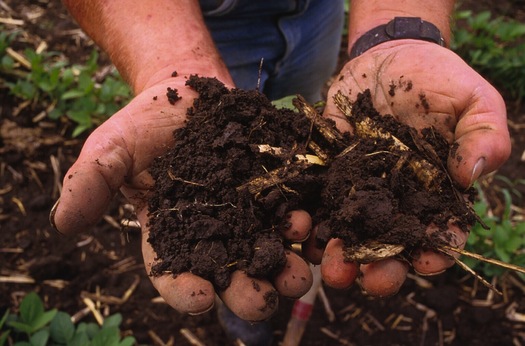
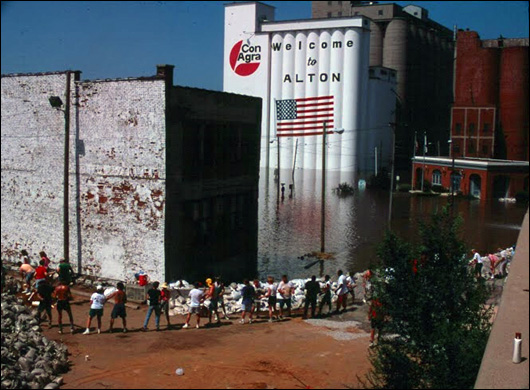
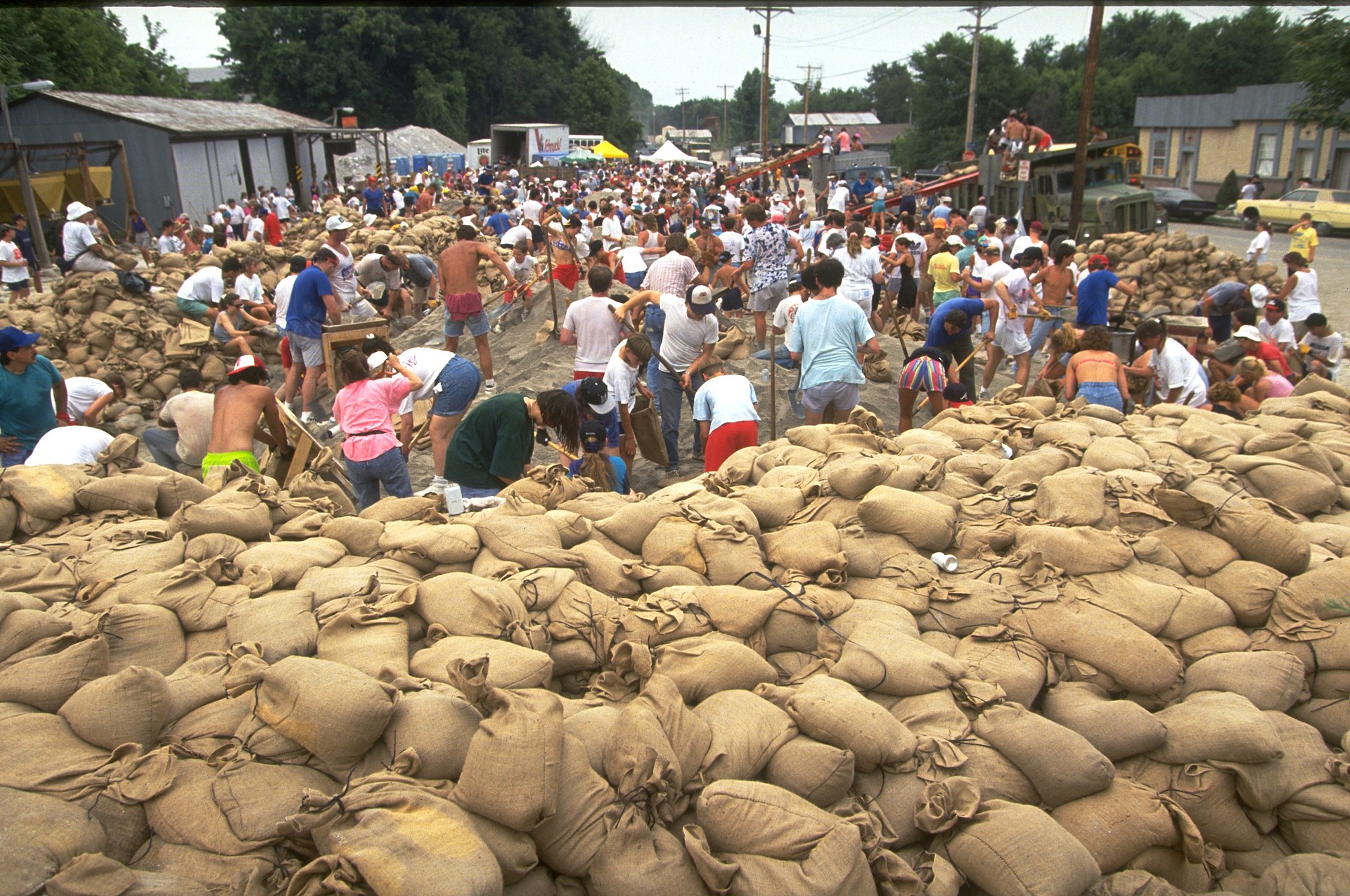
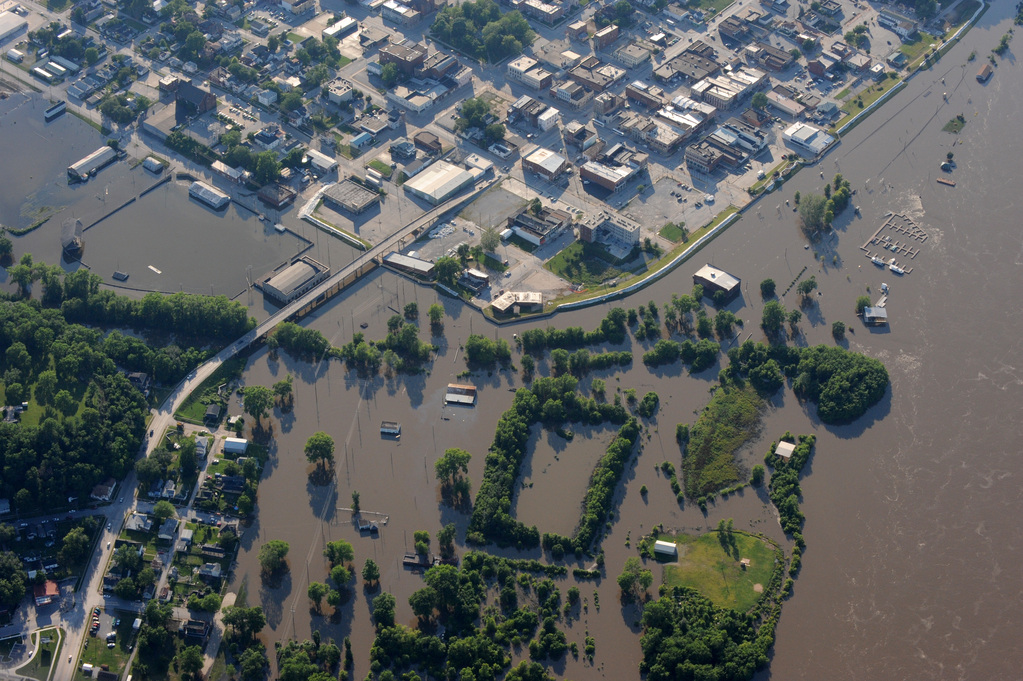
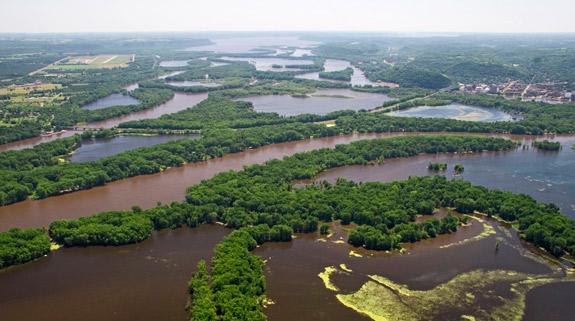
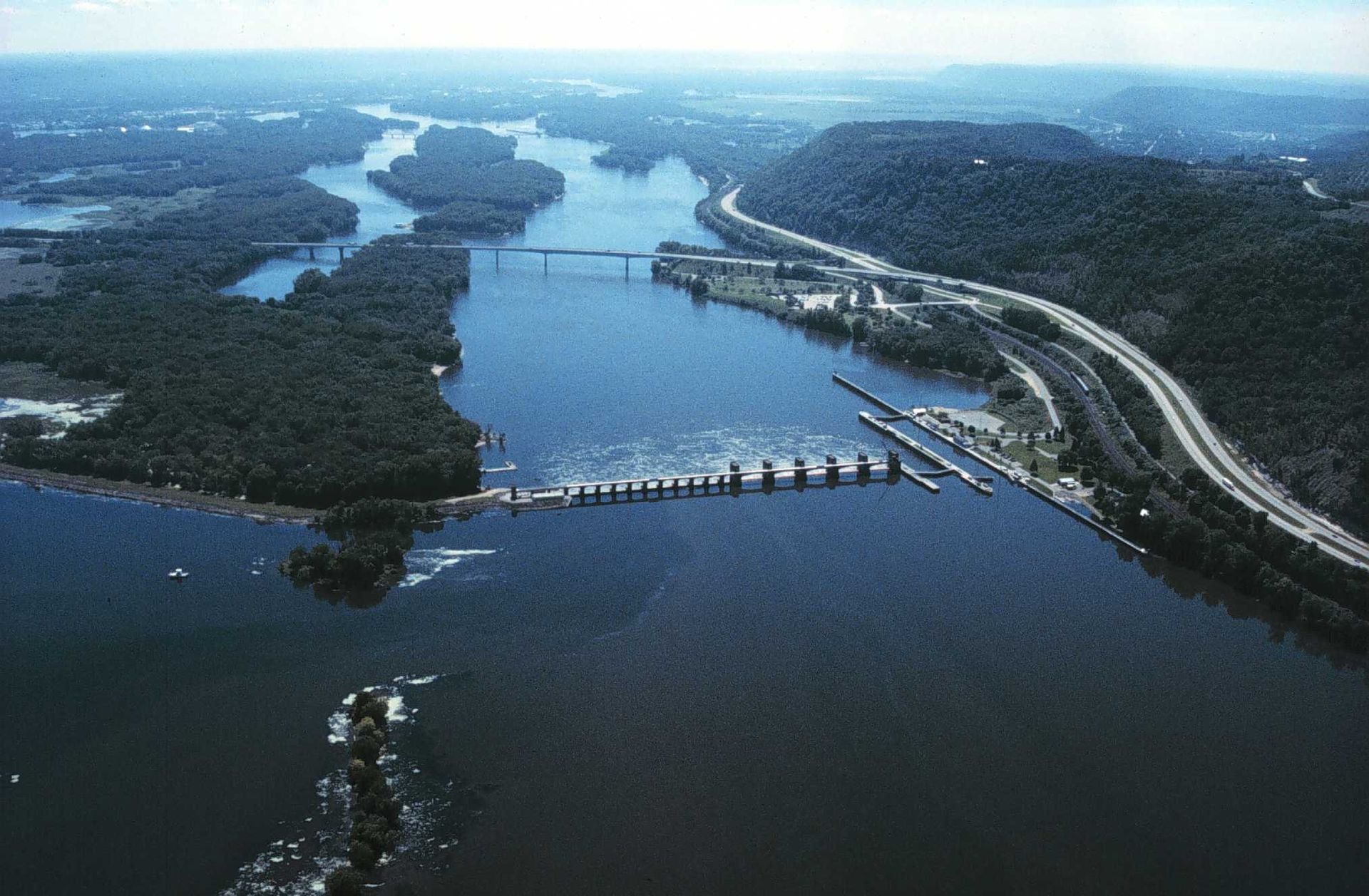

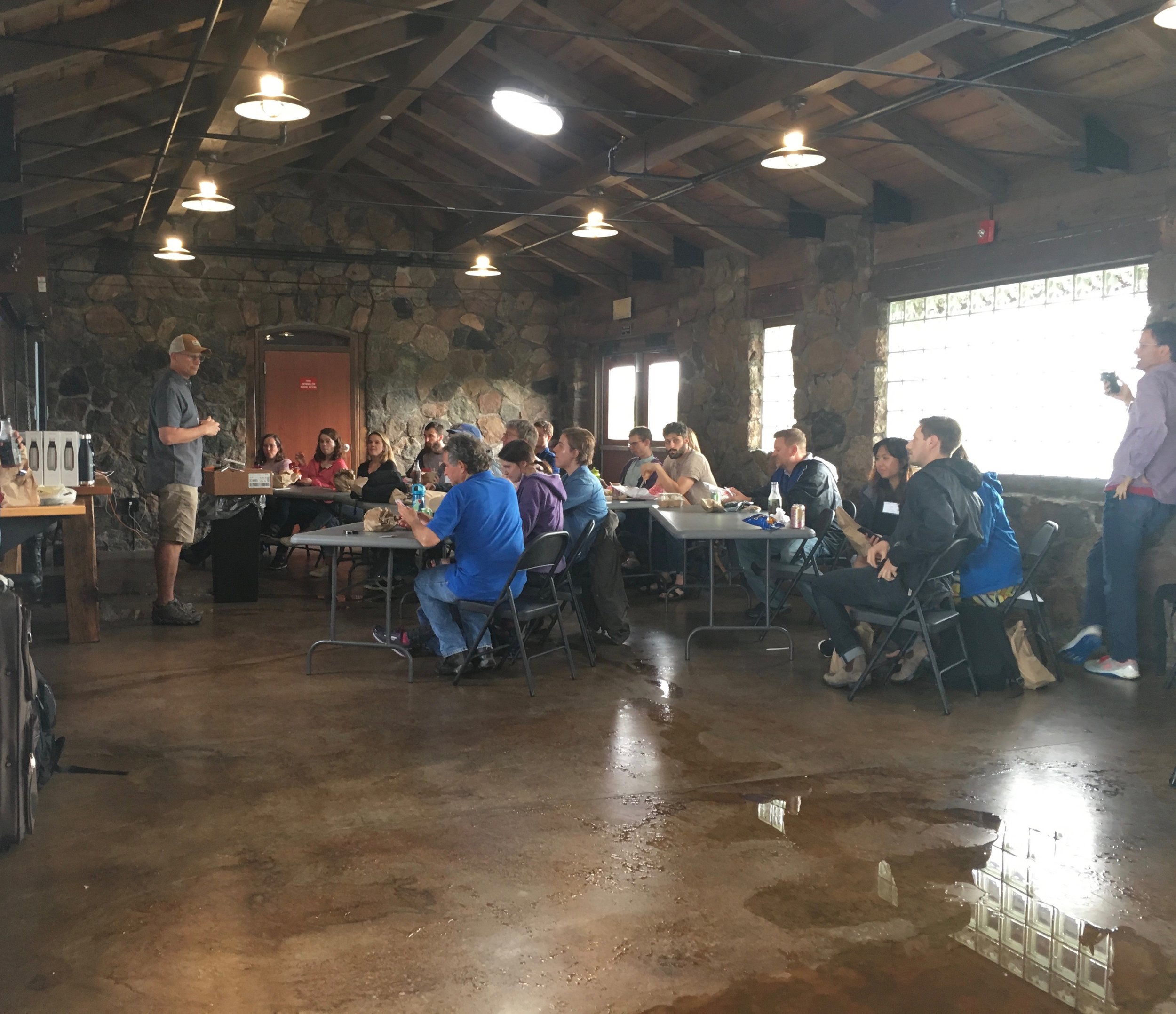


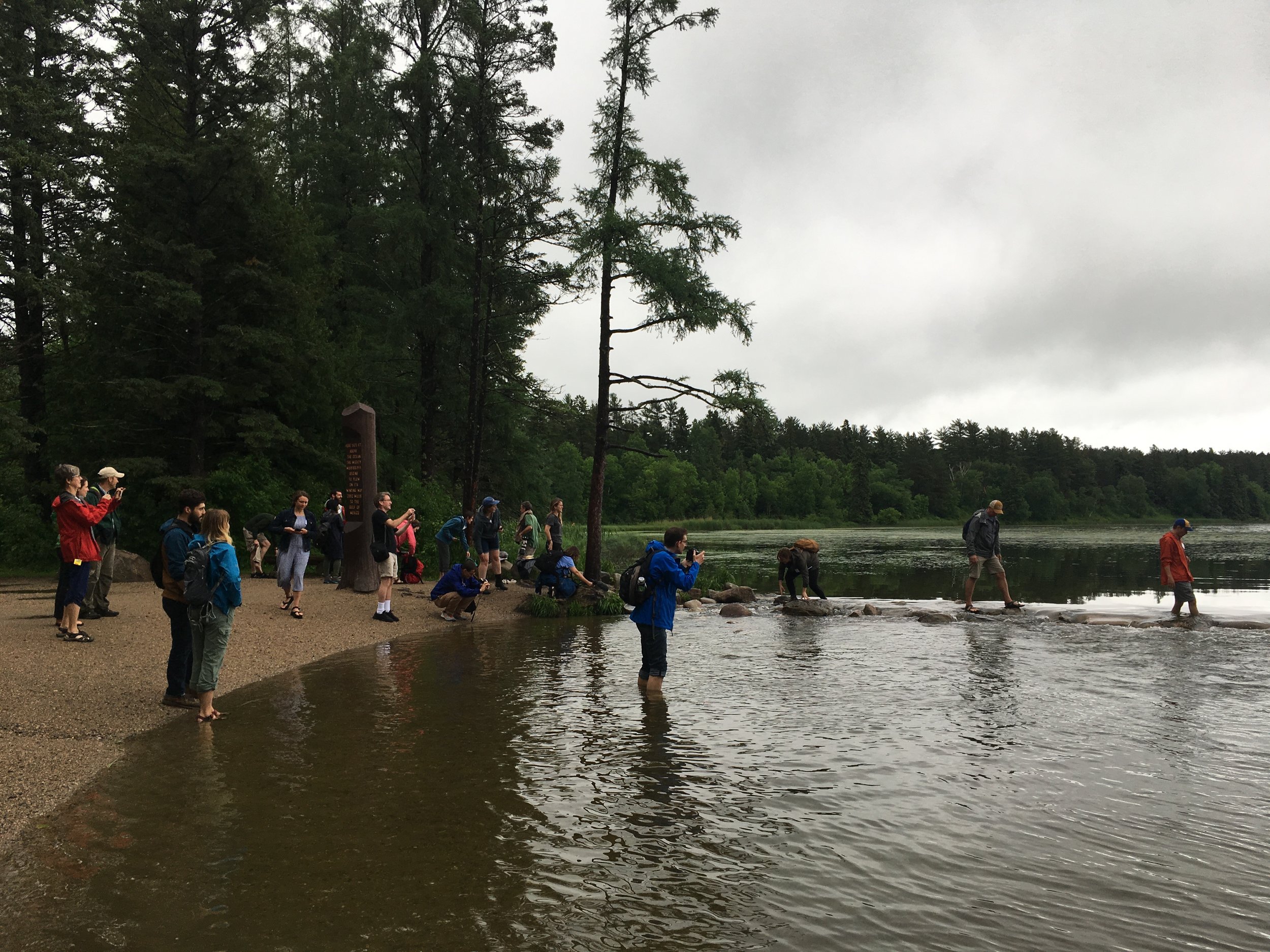


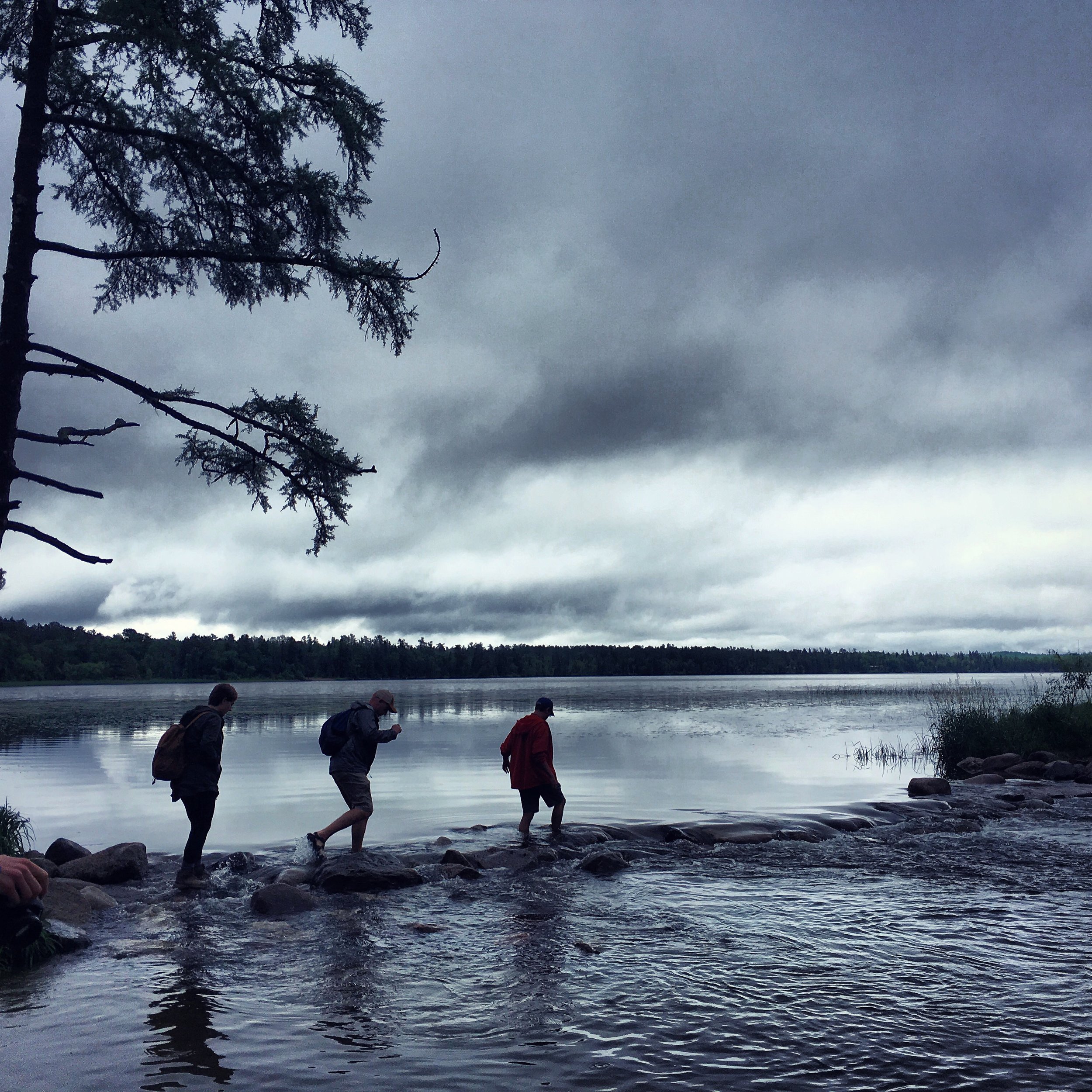
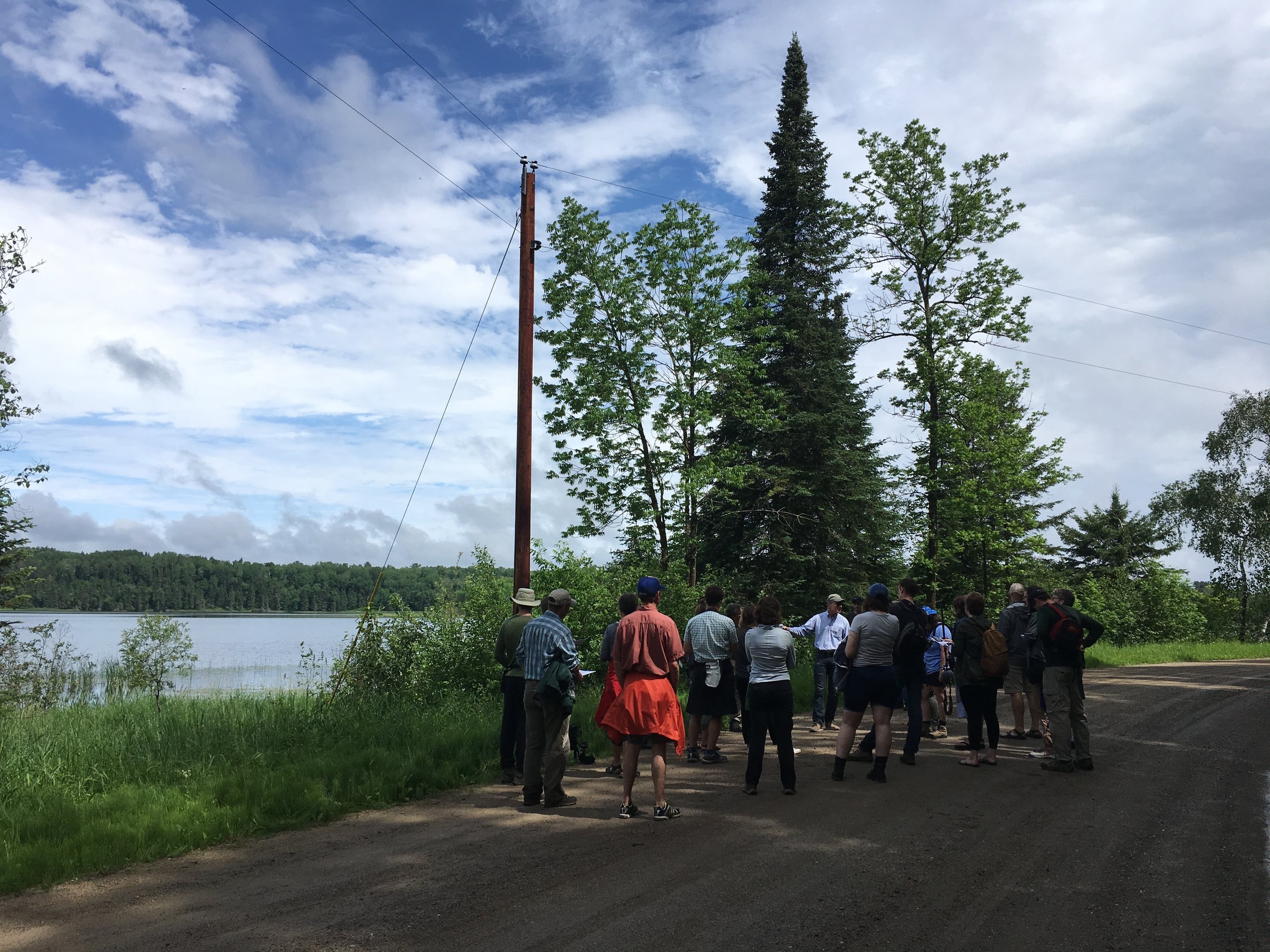


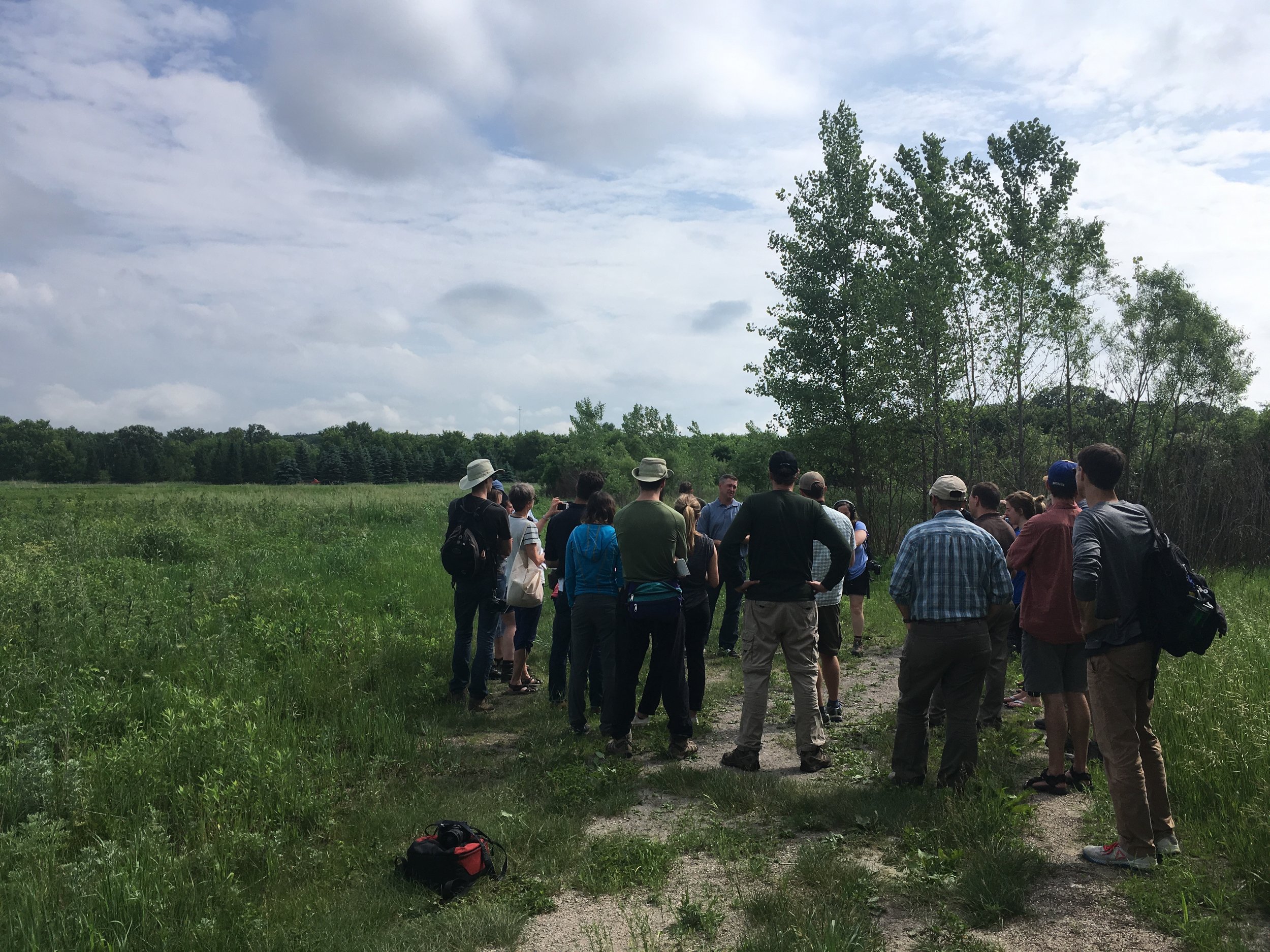


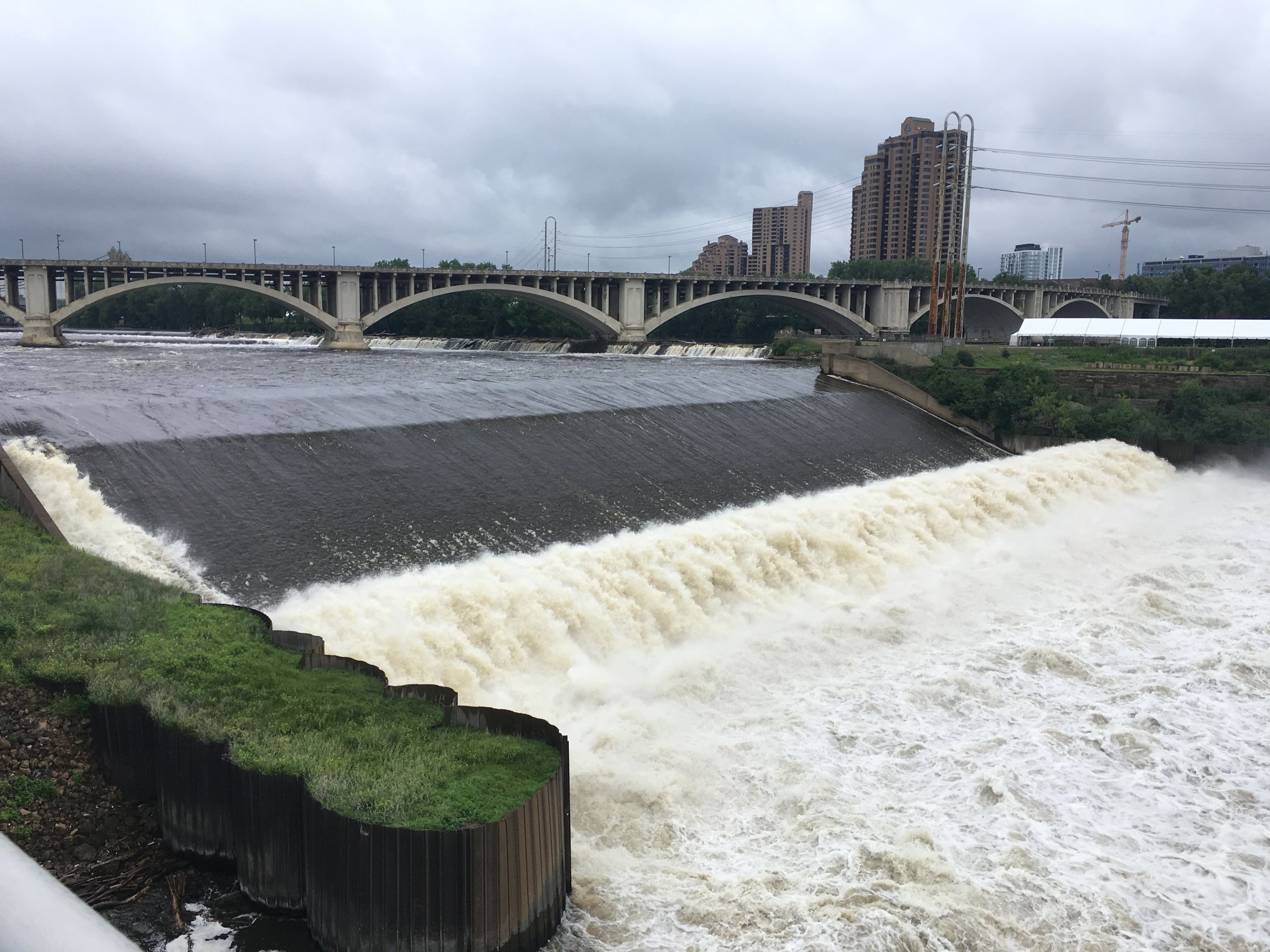
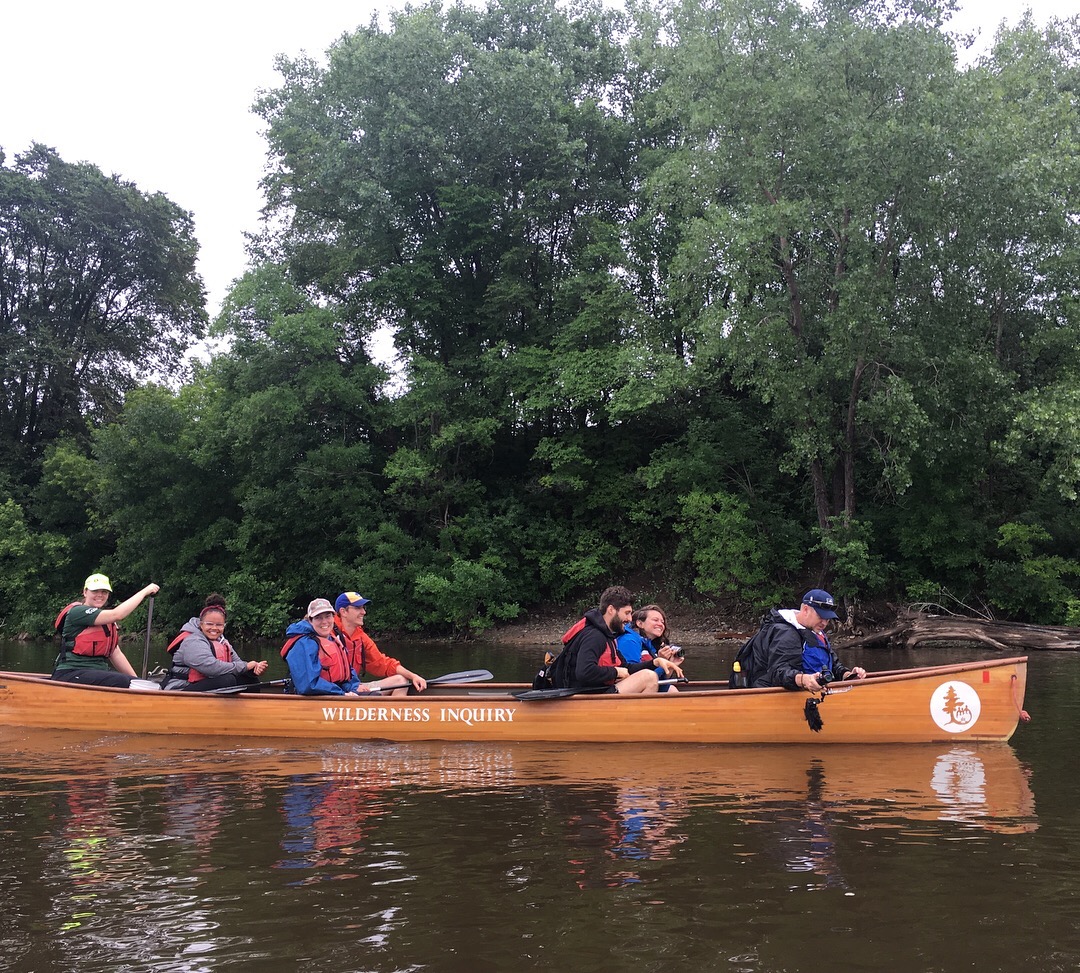
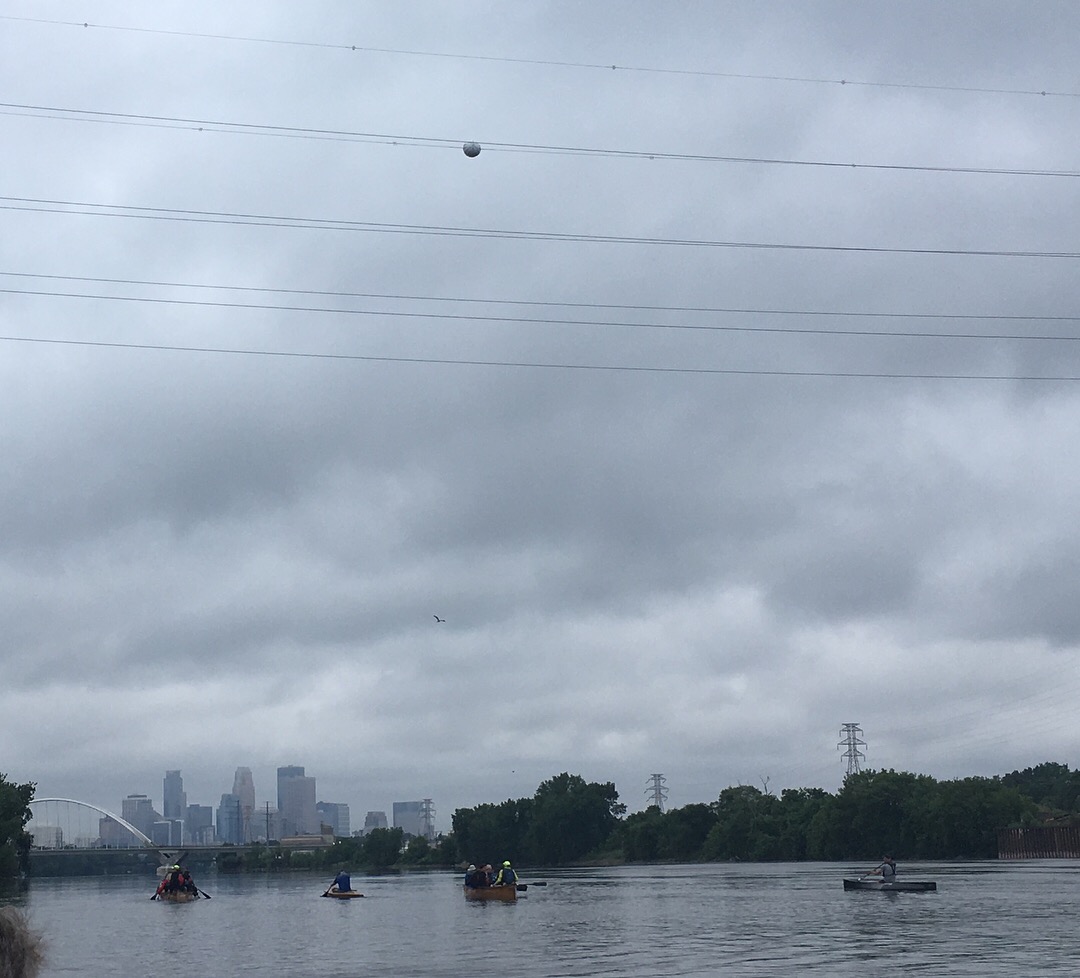


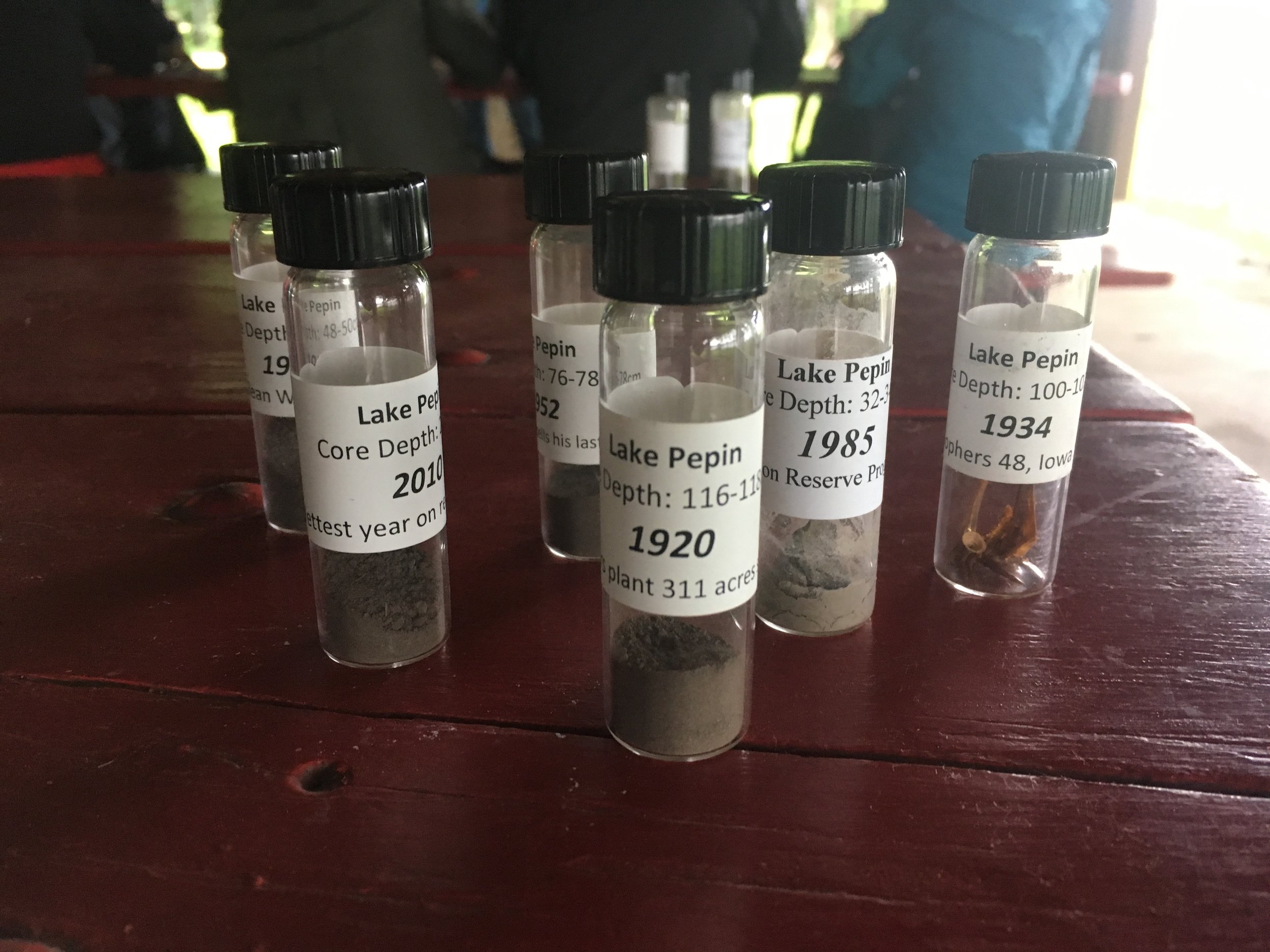
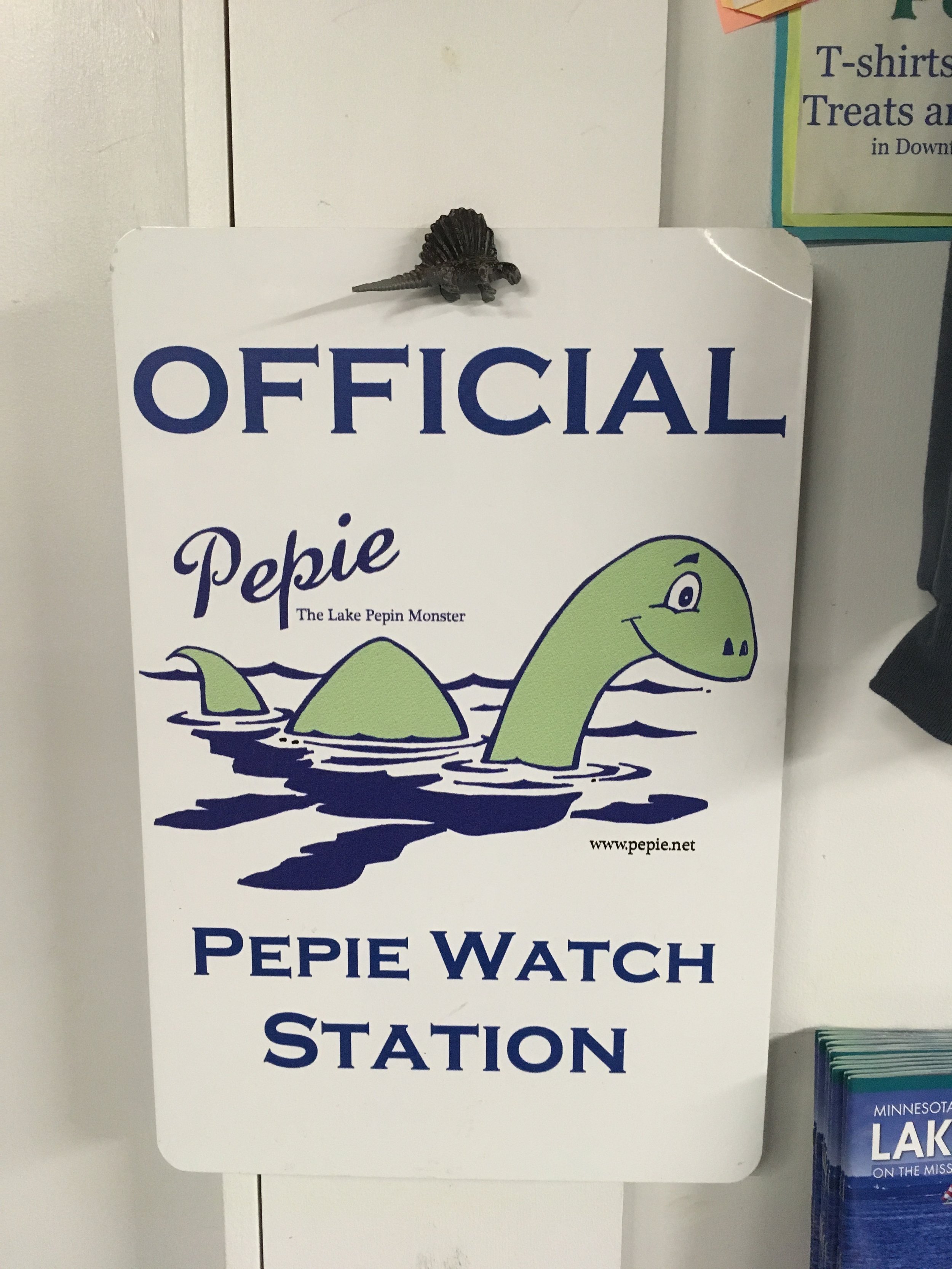
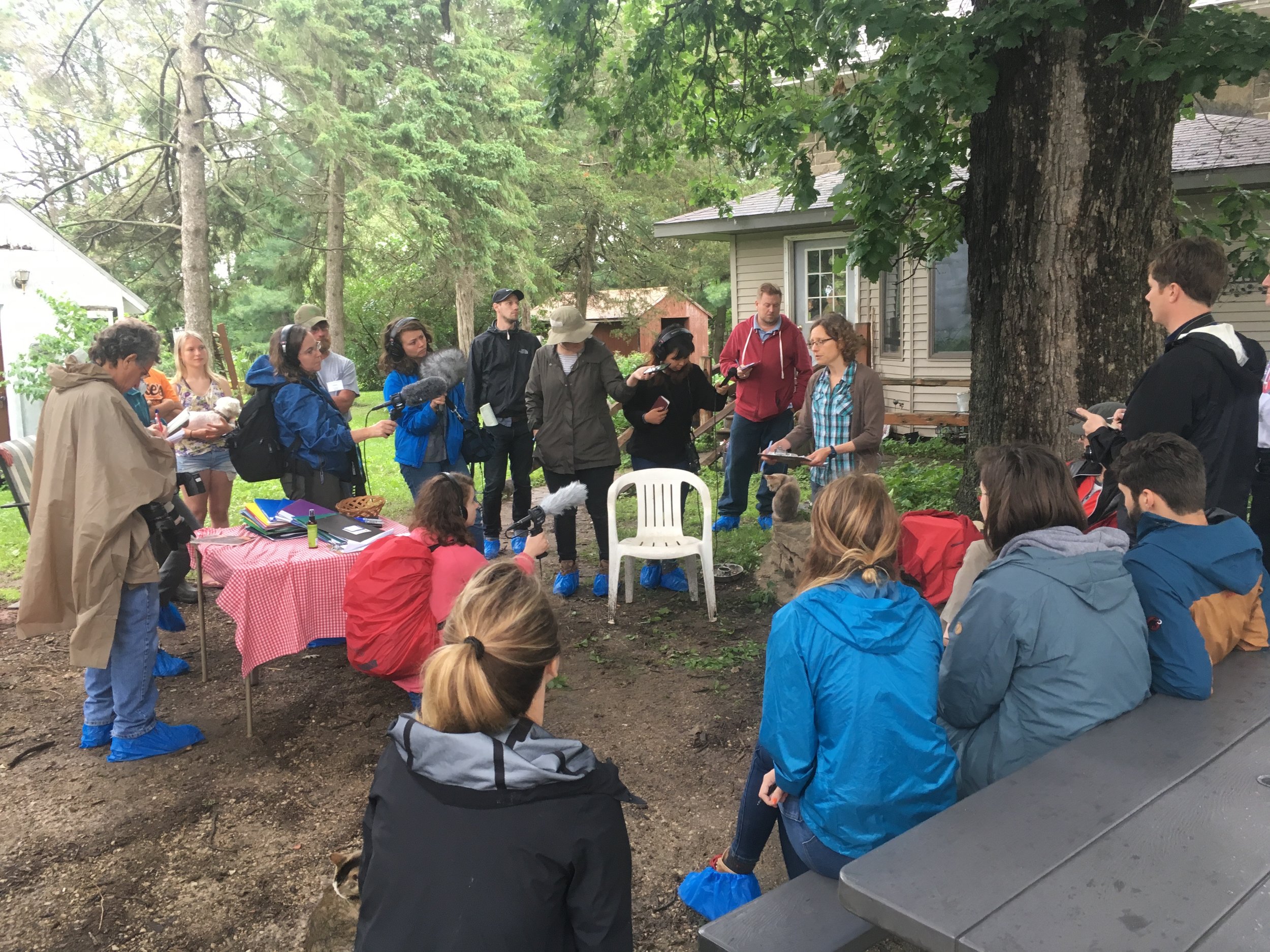
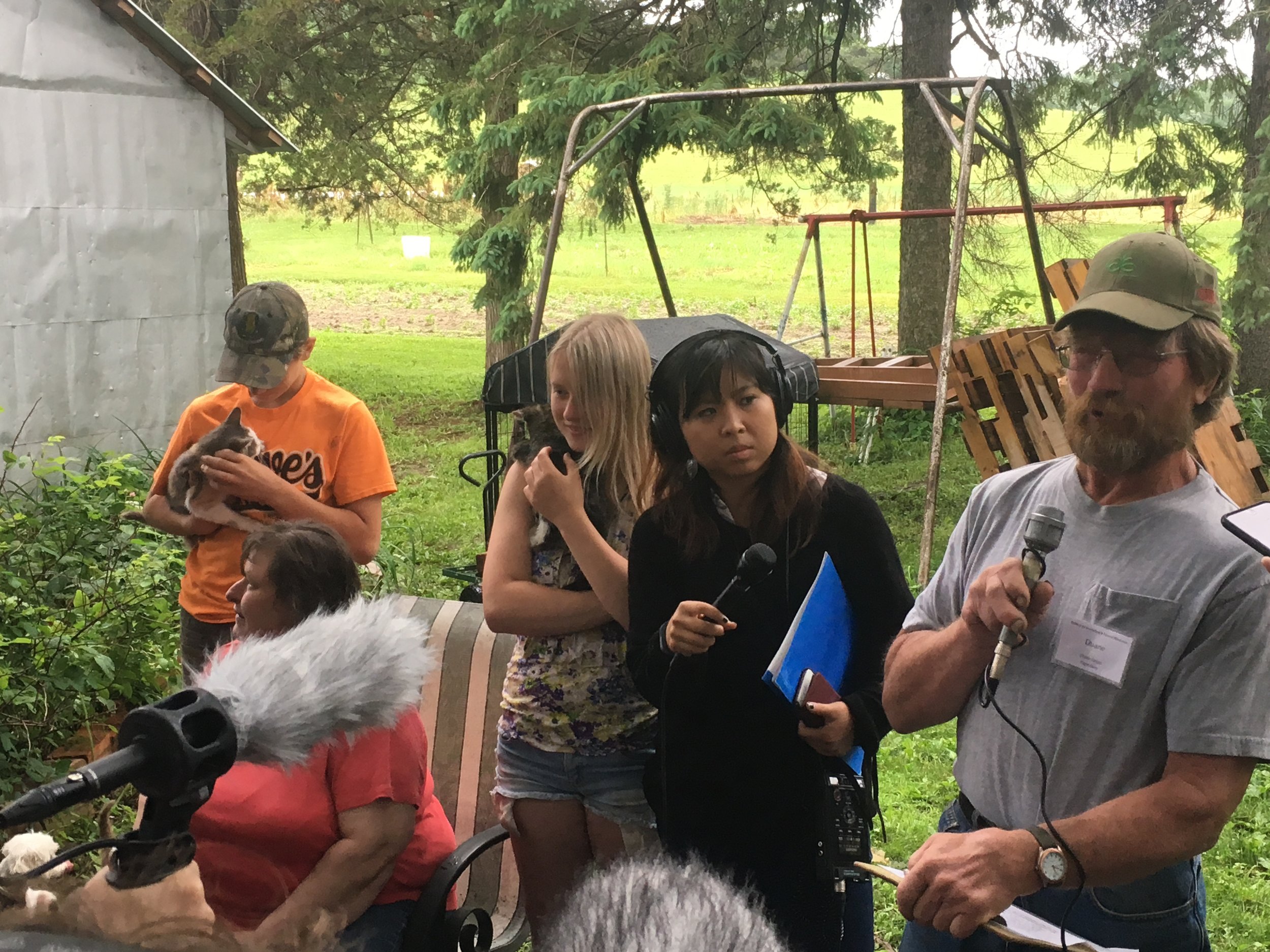



With a watershed that encompasses all or part of 31 U.S. states and two Canadian provinces, the Mississippi River could be said to reflect North America itself. The decisions we make about how we use our land governs both how our greatest river flows and what flows through it. And many of those decisions are made far upstream, before the Mississippi becomes the mighty, muddy American icon.
In June of 2018, IJNR took a group of 18 journalists from across the country on a weeklong learning expedition down the Upper Mississippi to get a first-hand look at some of the issues that originate in and impact a watershed that drains nearly 40 percent of the contiguous U.S. We traveled from the river's headwaters near Bemidji, Minnesota to St. Louis’ famous Arch as we explored topics like nutrient runoff, invasive species, river restoration, flood control and environmental justice in downstream communities.
We met with local citizens, elected officials, business owners, resource managers, farmers and scientists as we got out into the field to explore (among other things):
- The 2018 Farm Bill and how activities and incentives it promotes on land will shape the river from its headwaters to the Gulf of Mexico.
- The connections between domestic oil and gas, Midwest agriculture and the loss of Minnesota forests and wetlands.
- A new vision for the Mississippi and a push to connect more communities to the river in the Twin Cities.
- ‘Soil health,’ the latest science in soil conservation and community efforts to reduce runoff on Minnesota farms.
- Federal and state efforts to restore habitat, rebuild islands and reintroduce endangered freshwater mussels below Lock and Dam 7.
- Mining for sand in Minnesota and Wisconsin and different approaches to local control of zoning and resource extraction.
- Industrial-scale agriculture, nitrate pollution and mounting difficulties for utilities trying to provide safe drinking water to rural communities.
- Efforts to prevent the spread of invasive species and exotic pathogens.
- The Mississippi’s long history of human development and attempts to control floods and keep the river on an “acceptable” course.
- Big Muddy’s big economic impact as a main artery of commercial shipping.
Where We Went and What We Did:
This program was supported by grants from the Walton Family Foundation, the McKnight Foundation, and other foundations and individuals.
IJNR maintains editorial independence and control in all of its programming and decision-making.





